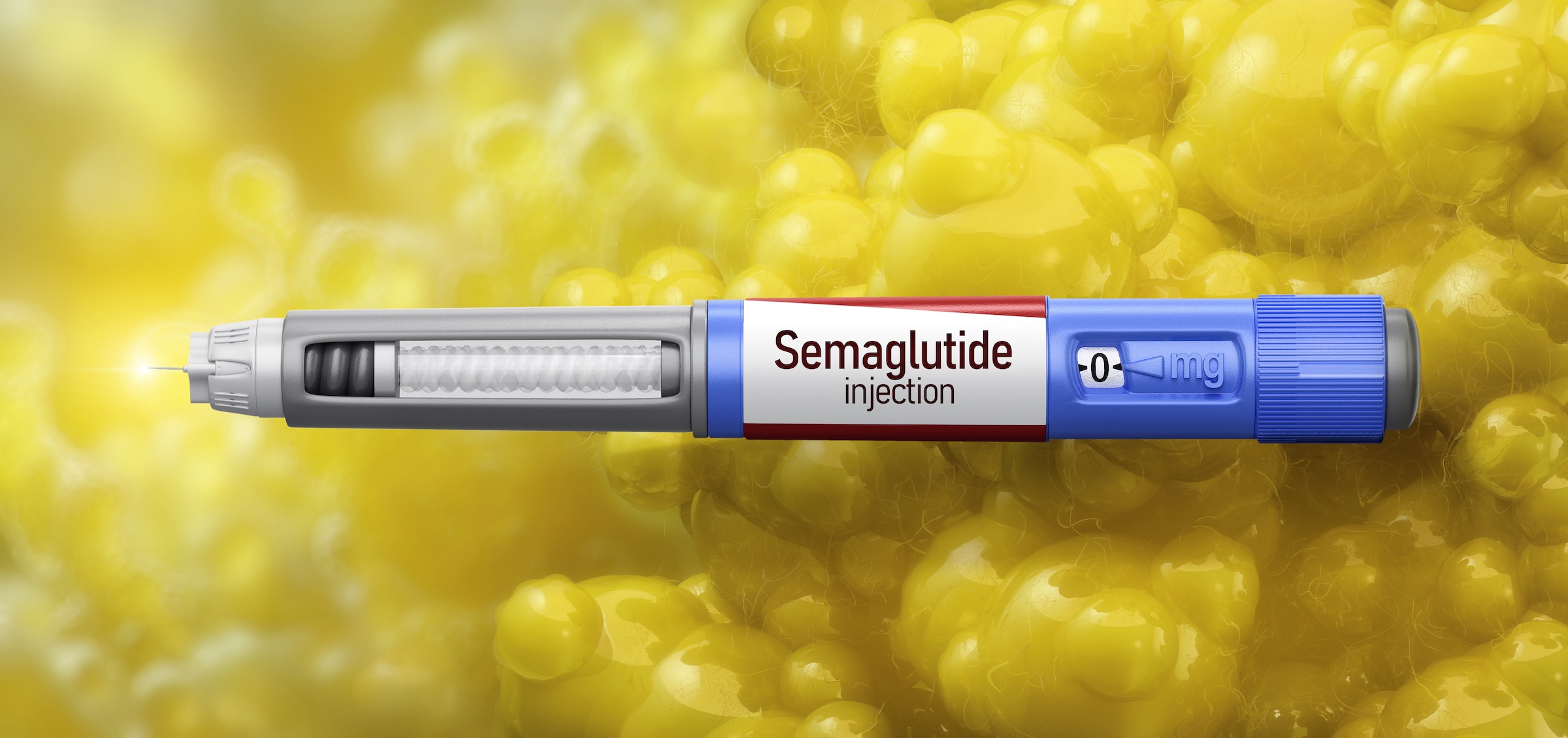
The act of receiving an injection, whether it is a routine vaccination, a necessary therapeutic agent, or a diagnostic substance, is surrounded by a dense layer of folk wisdom, anecdotal horror stories, and persistent, often emotionally charged, misinformation. This cultural baggage transforms a brief, straightforward medical procedure into a source of anxiety and confusion for a large segment of the population. The enduring nature of these falsehoods is a testament to the visceral fear of needles, or trypanophobia, which is disproportionately amplified by unsubstantiated claims regarding pain, side effects, and long-term biological consequences. Unpacking the reality of injections necessitates a meticulous deconstruction of these narratives, separating the rare, complex biological events from the pervasive, easily digestible fictions that circulate outside of established medical discourse. A deeper, more nuanced understanding of immunology, pharmacology, and basic injection technique reveals that many deeply held assumptions about needles and their contents are not simply exaggerations, but rather fundamental misinterpretations of medical science.
…a dense layer of folk wisdom, anecdotal horror stories, and persistent, often emotionally charged, misinformation.
One of the most stubborn misconceptions centers entirely on the physical experience of the injection itself, specifically the notion that the severity of the pain is directly and linearly proportional to the size of the needle used. While it is true that a visibly larger needle can trigger a significant psychological anxiety response, the actual physiological discomfort is governed by a multitude of intersecting factors far beyond the gauge. Variables such as the viscosity and volume of the substance being injected, the rate at which the medication is administered into the tissue, the specific anatomical site chosen for the injection, and, crucially, the skill and technique of the practitioner play a far more determinative role in the patient’s sensory perception. Many studies comparing minor differences in needle gauge have demonstrated a negligible, and often clinically irrelevant, difference in reported pain scores, suggesting that the focus on needle size alone serves as an emotional distraction from the procedural realities that actually govern comfort.
…the actual physiological discomfort is governed by a multitude of intersecting factors far beyond the gauge.
A related point of confusion revolves around the purpose and utility of the classic practice of aspiration—pulling back slightly on the syringe plunger after insertion to check for a flash of blood, thereby confirming that the needle has not entered a blood vessel. For many decades, this step was an essential, universal component of standard intramuscular () injection protocol, rooted in historical concern over unintended intravenous delivery of certain viscous medications. However, for a vast number of modern injections, particularly routine vaccinations administered into specific muscle groups with predictable vascular anatomy, this step is increasingly considered unnecessary and is often omitted by global health organizations. The elimination of aspiration is driven by the fact that it can increase the overall procedure time, potentially heighten patient discomfort, and introduce slight movement that might actually compromise the correct positioning of the needle tip, showing how historical procedure must yield to updated, evidence-based practices for improved patient experience.
…this step is increasingly considered unnecessary and is often omitted by global health organizations.
Moving beyond the needle and into the realm of the substance injected, there exists a profound misunderstanding regarding the concept of ‘overloading’ the immune system, particularly in the context of childhood vaccination schedules. This myth suggests that receiving multiple antigens simultaneously, through combined or concurrent injections, somehow overwhelms the body’s defensive capabilities, leading to systemic dysfunction or increased vulnerability to other pathogens. The scientific reality is that the human immune system is a marvel of biological engineering, continuously and effectively processing thousands of antigens on a daily basis simply through environmental exposure, diet, and colonization by beneficial microbes. The total number of antigens contained within the entire childhood vaccination schedule represents only a miniscule fraction of what an infant’s immune system encounters, and is designed to stimulate a controlled, specific response, confirming that the theoretical concern about ‘overload’ grossly underestimates the robust capacity and inherent complexity of the human immune response.
…grossly underestimates the robust capacity and inherent complexity of the human immune response.
Another highly pervasive, yet fundamentally flawed, belief concerns the presence of trace components in vaccine formulations, specifically substances like formaldehyde, aluminum salts, and thimerosal. Critics often incorrectly label these compounds as ‘toxins’ without contextualizing their use or concentration. Formaldehyde, which is used during the manufacturing process to inactivate viruses and bacteria, is often present in vaccines at levels far lower than what is naturally produced by the human body’s own metabolism, or what is found in common fruits like pears. Aluminum salts are included as adjuvants, substances that safely boost the immune response to improve the efficacy and longevity of the protection afforded by the injection; the total aluminum exposure from the entire vaccination schedule is negligible compared to what an infant consumes daily through diet, and it is crucial to recognize that the biological role of these components is to enhance therapeutic outcome, not introduce systemic risk.
…The total number of antigens contained within the entire vaccination schedule represents only a miniscule fraction of what an infant’s immune system encounters…
The distinction between different injection routes—intramuscular () versus subcutaneous (
) or intradermal (
)—is also frequently blurred in public perception, leading to incorrect assumptions about the drug’s action and potential side effects. The belief that all injections are functionally equivalent overlooks the deliberate pharmacological rationale underpinning the chosen delivery method. Intramuscular injections are specifically utilized when rapid absorption into the bloodstream is desired, leveraging the dense vascularity of muscle tissue, often with a slightly larger volume of medication. Subcutaneous injections, by contrast, target the fatty layer just beneath the skin, where blood flow is less intense, resulting in a slower, more sustained rate of drug absorption, a requirement for substances like insulin or some long-acting hormones. This difference is not arbitrary; it is a critical variable in determining the therapeutic effect and dictates specific injection site, needle length, and angle of administration, showing a clear purpose for each method.
…Intramuscular injections are specifically utilized when rapid absorption into the bloodstream is desired, leveraging the dense vascularity of muscle tissue…
Injections administered for fertility treatments, often involving hormone regulation, have generated a specific set of misconceptions, particularly regarding their long-term links to cancer risk. The notion that the hormonal manipulation inherent in treatments like leads to an increased risk of ovarian, breast, or uterine cancer is a source of substantial, unfounded worry for prospective patients. While the medical community continues to conduct long-term surveillance, decades of extensive epidemiological research have largely failed to establish a conclusive causal link between these fertility-based hormonal injections and a heightened overall cancer risk. The initial concerns were often based on smaller, older studies that were not designed to isolate the effects of the treatment from the underlying infertility itself, which can carry its own independent risk factors, and this highlights the need for patients to prioritize data from large-scale, modern cohort studies over generalized fear.
…The notion that the hormonal manipulation inherent in treatments like leads to an increased risk of ovarian, breast, or uterine cancer is a source of substantial, unfounded worry…
Furthermore, a significant portion of the misunderstanding arises from conflating minor, transient post-injection symptoms with severe, adverse events. It is a biological certainty that stimulating an immune response, which is the entire goal of most vaccines, will produce localized inflammation—redness, swelling, and mild pain at the injection site—and sometimes mild systemic reactions such as a low-grade fever or general malaise. These predictable, self-limiting symptoms are frequently mislabeled as ‘side effects’ in the public sphere, creating an atmosphere where individuals expect a serious negative outcome. In reality, these are merely the physiological manifestations of the immune system successfully engaging with the antigen, an indicator that the injection is achieving its intended immunological purpose, showing that the body is reacting as designed, not malfunctioning.
…These predictable, self-limiting symptoms are frequently mislabeled as ‘side effects’ in the public sphere, creating an atmosphere where individuals expect a serious negative outcome.
Another myth involves the belief that an injection site must always be rubbed vigorously immediately after the needle is withdrawn to help the medication disperse more effectively. For most modern, low-volume injections, particularly those administered intramuscularly or subcutaneously, the technique of rubbing is now often discouraged by experts. Aggressive manipulation of the injection site can, in fact, sometimes increase the patient’s discomfort, and for certain types of injections, such as the -track method utilized for some iron preparations or other irritating substances, rubbing can actually force the medication back into the subcutaneous tissue, negating the therapeutic benefit and causing local irritation or staining. The correct post-injection care is usually minimal, involving only brief, light pressure, or a cold compress if swelling occurs, in line with the specific pharmacological requirements of the substance delivered.
…Aggressive manipulation of the injection site can, in fact, sometimes increase the patient’s discomfort, and for certain types of injections…
The persistent power of these varied myths lies in a fundamental gap in communication between clinical practice and public understanding, often aggravated by the emotional weight of medical intervention. Addressing these misconceptions effectively requires more than simple factual correction; it demands a clear explanation of the why—why the needle size is often irrelevant to pain, why trace compounds are biologically necessary, and why a brief, localized immune response is a sign of success. By actively and patiently demystifying the mechanical and biological processes underpinning injection procedures, medical professionals can successfully shift the public narrative from one of unwarranted fear and outdated folklore to one built on informed confidence and adherence to evidence-based health decisions. This proactive education is the essential prerequisite to moving beyond the anxiety-ridden assumption and embracing the medical reality.
…demands a clear explanation of the why—why the needle size is often irrelevant to pain, why trace compounds are biologically necessary…
Injectable therapies are often misunderstood; informed understanding replaces fear by highlighting that correct technique and biology, not needle size, govern comfort and efficacy.
